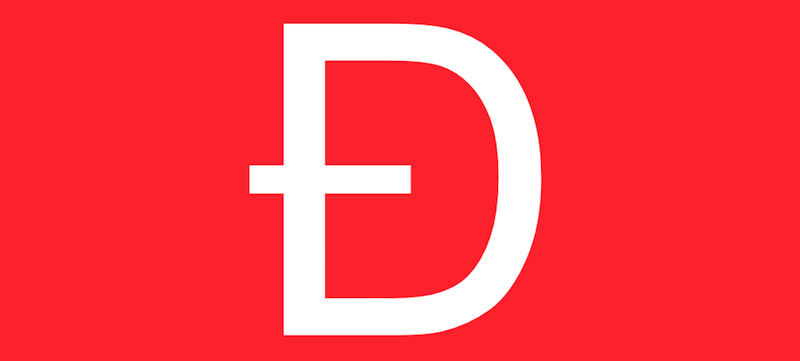The Return of the DAO
June 03, 2018
The Return of the DAO

A New Hope
Until now, most organisations have written their own computer systems and have each kept their own copies of data. This leads to trouble with reconciliation, as well as systemic issues, given each institution will have slightly different code.
Distributed ledger technology (DLT) allows institutions to share both data and code. We are now seeing the rise of new distributed applications, or Dapps, built by groups of mutually distrusting organisations coming together to solve decentralised challenges in their respective industries.
The Empire Strikes Back
Distributed Ledger Technology also reduces the need for a single central party to oversee transactions, contracts and other processes which once required a centralised form of governance. At first sight, this might seem a good thing, however, the potential absence of this central body has raised significant concerns for parties such as banks who rely heavily on existing laws and regulations. Since distributed ledgers are not subject to a specific legislation, existing regulations may be hard to apply.
As the surrounding governance plays catch up with the fast-paced technology, the industry faces new legal challenges. Who is responsible if the system fails? What law is applicable to determine liability and damages? How do we agree changes to the system in the future?
As you can also imagine, it is hard to organise groups of mutually distrusting organisations to build distributed applications. And so, the growth of the enterprise Dapp ecosystem is somewhat stunted, as these organisations are reluctant to join forces with those they distrust, without a common framework to share code and data.
Many projects have simply reverted to creating a new centralised company to oversee the governance of their Dapp. This in many ways defeats the point of using distributed ledger technology and makes it harder to realise the benefits we have mentioned before.
Return of the DAO
It’s clear the current model is not designed to solve these challenges. We need a solution that is compatible with existing governance, but also provides the tools to build new governance for the processes that arise from using a distributed ledger technology. Something that helps enterprises sleep calmly at night, without forgoing the customisation or autonomy we can yield from DLT.
We believe the answer is found in a new form of organisation — a Decentralised Autonomous Organisation (DAO)
A DAO is “an organization that is run through rules encoded as computer programs called smart contracts. A DAO’s financial transaction record and program rules are maintained on a blockchain”. They can be created using distributed ledger technology to build, fund and run decentralised applications.
There have been a few early experiments. TheDAO and Dash DAO are two of the most famous, unsuccessful and successful respectively.
Mutual Societies represent an existing legal example that is not that far off from what we are talking about here. Mutual societies are an example of what we would envision the DAO legal personality to look like, or maybe a ‘digital mutual’.
The Digital Mutual Awakens
A Digital Mutual may require a new form of legal structure in which ownership, management and control become encapsulated in code while some aspects of the existing rule book become redundant (eg. AGMs would be unnecessary). However, they may also map directly on to the existing legal structures and regulatory framework requiring no legislative changes — co-operative societies, building societies & credit unions to name a few.
The key point here, is that a Digital Mutual represents a really elegant way to bring organisations together to fund the building, and running, of Dapps, without having to resort to a centralised company sitting in the middle and reducing the potential benefits of decentralisation that blockchain promises.
